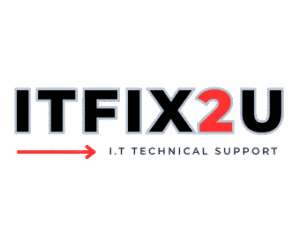Workstation Rollouts
Fast, Friendly On-Site IT Help in Perth
We come to you – affordable, mobile technicians with 5-star service.
Mobile Service
We come directly to your home or business.
5-Star Rated
Hundreds of happy customers across Perth.
Expert Technicians
Certified IT pros with years of experience.
Same-Day Support
Fast response, available 7 days a week.
On-Site Service
We come to your home or office – no need to unplug anything.
100% Satisfaction Guarantee
We’re not happy until you are – your satisfaction is our top priority.
Transparent Pricing
No surprises – clear rates before we begin any work.
7-Day Support
Available every day of the week, including weekends.
Tell Us What You Need
Let’s dig into the issue:
Workstation Rollouts
Workstation Rollouts
Deploying new workstations or upgrading existing ones across an organization requires careful planning and execution to ensure a smooth transition and minimal disruption to business operations. Our Workstation Rollout services cover every aspect of the process, from initial planning and procurement advice to final setup and user data migration, ensuring your employees are productive from day one with their new equipment.
- Requirement Analysis & Planning: Assessing your business needs, user roles, software requirements, and budget to define workstation specifications and a rollout plan.
- Procurement Assistance: Helping you source and procure the right hardware and software licenses at competitive prices.
- System Imaging & Configuration: Creating a standardized system image with the operating system, necessary applications, security settings, and company policies pre-configured for consistent and rapid deployment.
- Hardware Installation & Setup: Physically setting up new workstations, including connecting peripherals, monitors, and network connections.
- Data Migration: Safely transferring user data, settings, and profiles from old workstations to new ones.
- Network Integration: Ensuring new workstations are correctly configured to join the company network and access shared resources.
- User Orientation & Post-Rollout Support: Providing basic orientation for users on their new systems and offering support for any initial issues.
Why Choose ITFIX2U for Your Workstation Rollouts?
A workstation rollout, if not managed properly, can lead to significant downtime, lost productivity, and frustrated employees. The process involves numerous logistical and technical challenges, from ensuring hardware and software compatibility to managing data migration securely. The experienced team at ITFIX2U specialises in planning and executing seamless workstation rollouts. We can manage the entire lifecycle, ensuring each new machine is set up consistently, securely, and is ready for your employees with all their necessary tools and data. By entrusting your workstation deployment to us, you free up your internal IT team to focus on strategic initiatives, minimize disruption to your business, and ensure your employees have a positive experience with their new technology, boosting overall efficiency.
